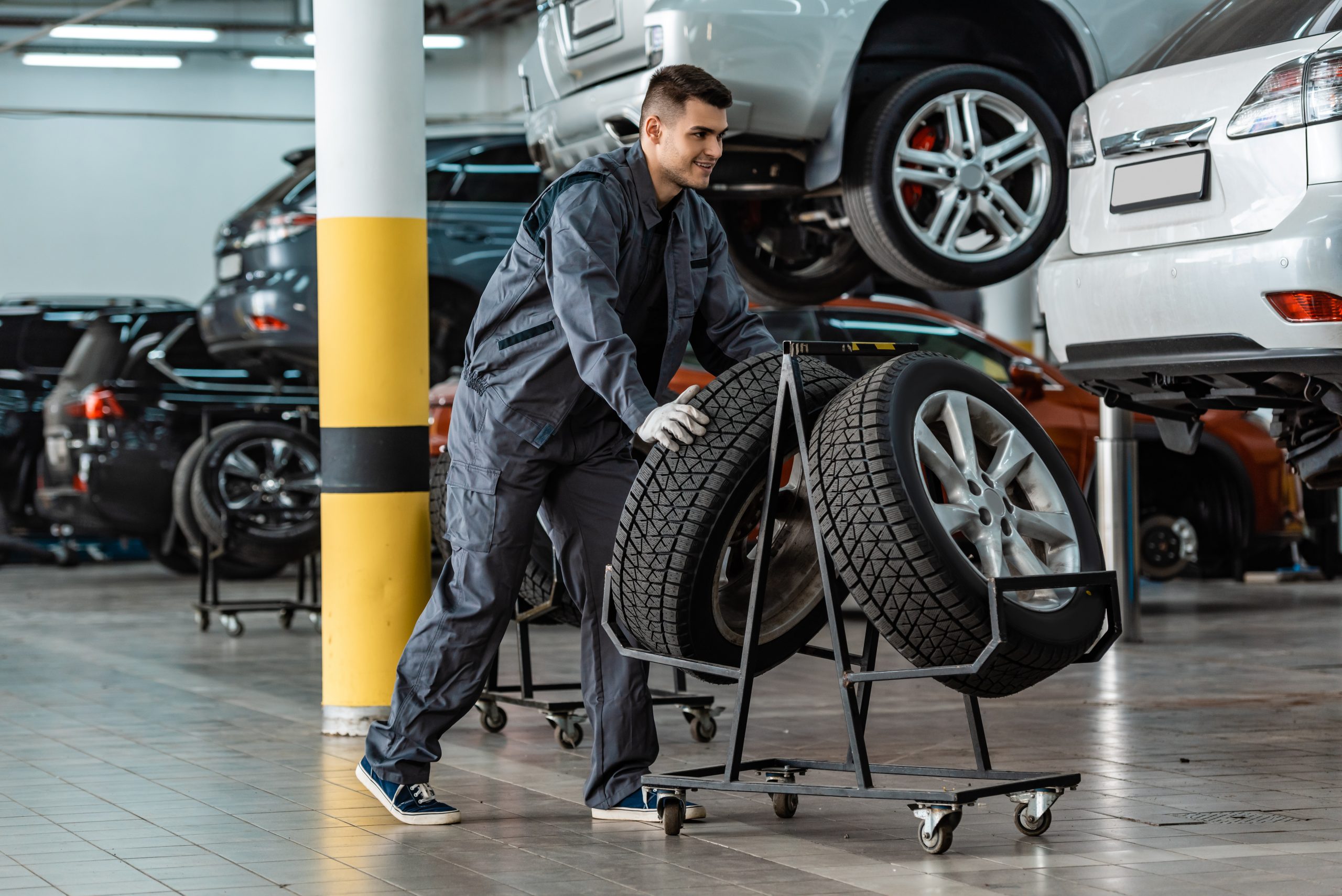Morris Tire: Where Quality Meets Cost for Discount Rate Tires Morris IL
The Scientific Research Behind Tire Repair Service and Safety And Security
When it pertains to the detailed world of tire maintenance and security, there exists a realm of science that commonly remains hidden by the ordinary chauffeur - morris tire service. The materials that compose a tire, the effect of tire pressure on overall safety, the implications of walk wear, the elaborate characteristics of tire traction, and the often-overlooked value of correct wheel alignment all play crucial roles in making sure a lorry runs safely and effectively. As we navigate through the intricacies of tire repair service and security, it becomes evident that a deeper understanding of these clinical concepts is not just valuable but important for every vehicle driver when traveling
Tire Structure and Performance
What materials compose the composition of tires, and how do these elements contribute to their functionality when driving? Tires are complicated products, generally made from a combination of rubber substances, material, steel cords, and various other chemical ingredients. The most typical kind of rubber used in tires is artificial rubber, which uses resilience and resistance to tear and put on. The textile layers, commonly constructed from polyester, nylon, or rayon, offer toughness and stability to the tire framework. Steel cables are integrated to boost the tire's stamina and help it keep its shape under different roadway problems.
The rubber compounds provide grasp and traction, allowing the tire to stick to the roadway surface and supply stability during velocity, braking, and cornering. In general, the cautious option and mix of these products guarantee that tires can perform effectively and securely on different road surface areas and conditions.
Effect of Tire Pressure on Safety And Security
On the other hand, overinflated tires have less call with the roadway surface, reducing grip and causing uneven wear on the tire footsteps. Correctly filled with air tires likewise play a critical function in fuel performance, as underinflated tires can raise rolling resistance, leading to decreased gas mileage. Routinely examining and maintaining the right tire stress not just makes sure security but also extends the life expectancy of the tires, conserving on replacement prices in the long run.
Tread Put On and Its Effects
Appropriate monitoring of tire step wear is essential for ensuring optimum efficiency and security on the road. As tires use down, the depth of the step decreases, decreasing the tire's capacity to keep grip, specifically in slippery or damp conditions. The step pattern and deepness play an essential duty in carrying water away from the tire to avoid hydroplaning and keeping hold when driving surface area.
Indications of excessive walk wear include hairless spots, irregular wear, and the look of wear indicators. Hairless areas show localized wear, which can result in instability and raised danger of blowouts. Irregular wear may suggest problems with tire positioning, suspension, or rising cost of living components. Use indications are constructed into the tire walk and become noticeable when the walk depth reaches a specific nadir, showing the demand for immediate replacement.

Recognizing Tire Traction Dynamics
Keeping track of tire tread wear not just makes certain ideal efficiency and safety yet also directly influences the grip dynamics of the tires on different road surface areas. Tire traction is an essential element of lorry handling and safety and security, as it establishes the grasp in between the tires and the roadway. Grip characteristics vary depending upon road problems such as completely dry sidewalk, damp roads, snow, or ice.

Understanding tire traction characteristics is essential for chauffeurs to adjust their driving behavior according explanation to the road conditions. tire shop near me. Regularly examining tire walk depth and condition can significantly boost grip performance, guaranteeing much safer driving experiences throughout various surfaces
Value of Correct Wheel Alignment
Ensuring proper wheel alignment plays a vital duty in maximizing vehicle efficiency and expanding tire durability. find out here now Proper wheel alignment includes adjusting the angles of the wheels to manufacturer specs, guaranteeing that they are perpendicular to the ground and parallel to each various other. When alignment is off, it can result in irregular tire wear, reduced gas efficiency, and jeopardized handling.
Among the crucial benefits of maintaining proper wheel alignment is boosted dealing with and stability. Misaligned wheels can cause the vehicle to pull away, impacting guiding control and total driving experience. Furthermore, proper alignment advertises also tire wear, preventing premature tire substitute and minimizing maintenance expenses in the future.

Verdict
To conclude, the science behind tire repair and safety is vital for preserving car efficiency and ensuring driver security. By understanding tire composition, stress, step wear, grip dynamics, and wheel positioning, motorists can avoid accidents and prolong the lifespan of their tires. Appropriate maintenance and routine assessments are essential for optimal tire efficiency and total automobile security. By complying with these guidelines, motorists can drive confidently knowing that their tires are in good condition.
The materials that make up a tire, the effect of tire stress on general safety, the implications of article step wear, the intricate characteristics of tire traction, and the often-overlooked relevance of correct wheel alignment all play crucial duties in ensuring a lorry runs safely and successfully. On the other hand, overinflated tires have less call with the roadway surface area, minimizing traction and triggering uneven wear on the tire footsteps. Regularly inspecting and maintaining the correct tire stress not only makes sure safety and security however also prolongs the life-span of the tires, conserving on substitute costs in the long run.
Keeping an eye on tire tread wear not just ensures ideal efficiency and safety and security yet also directly impacts the grip dynamics of the tires on various road surfaces. Tire traction is a vital element of car handling and safety and security, as it establishes the grasp between the tires and the roadway.